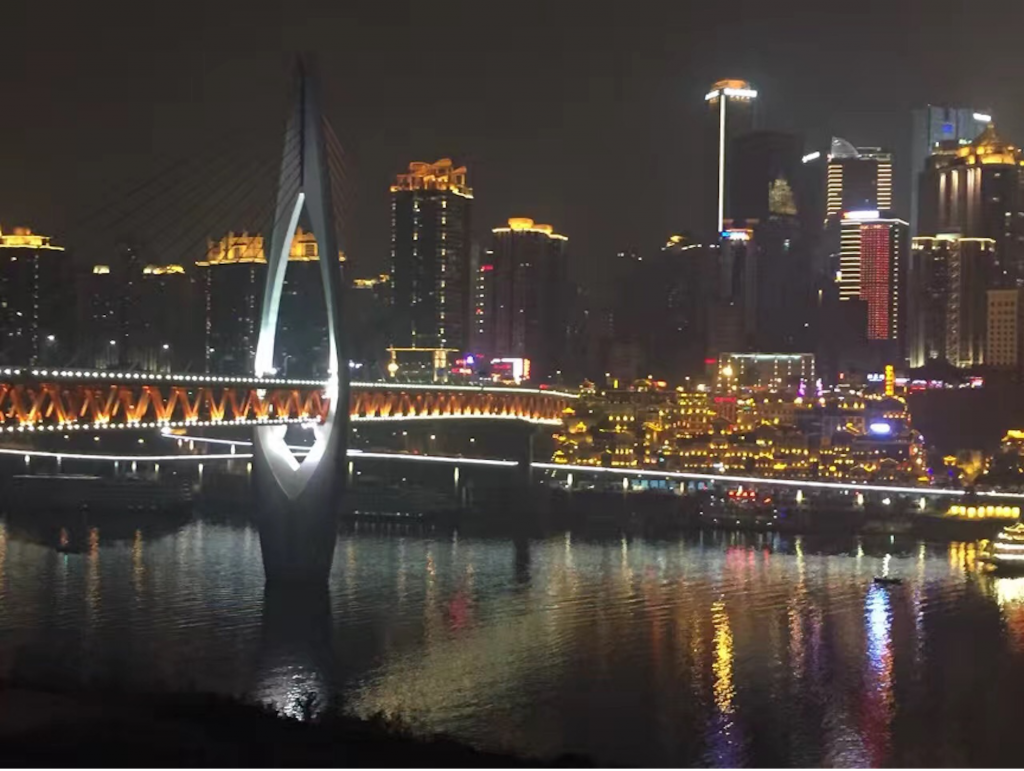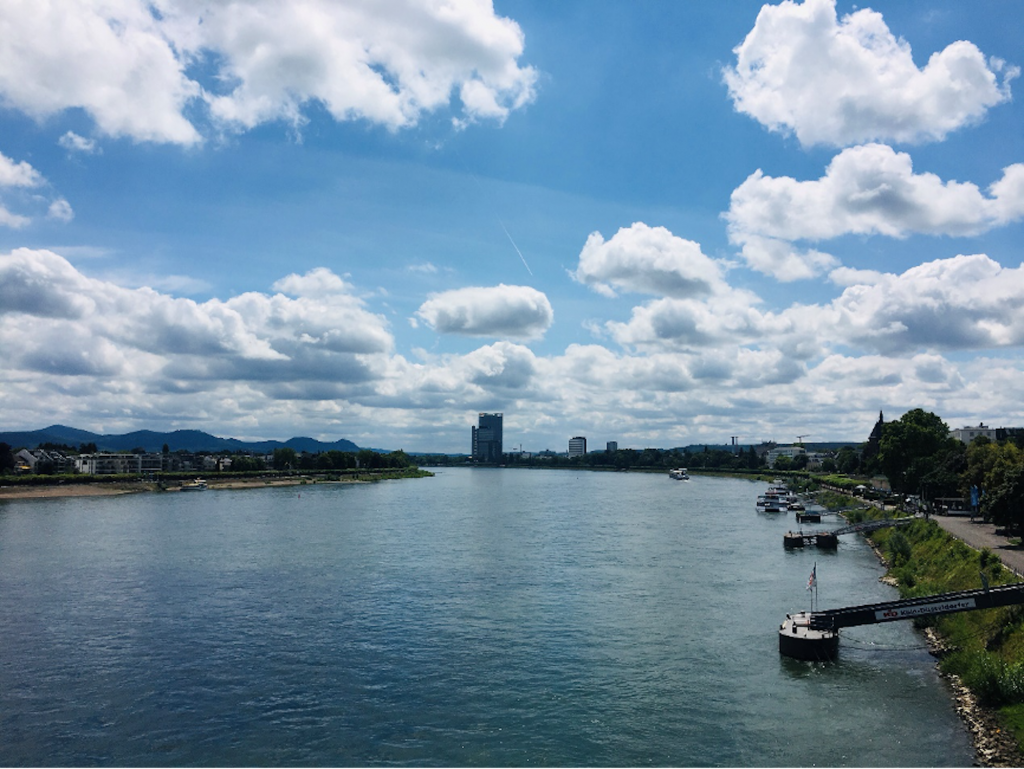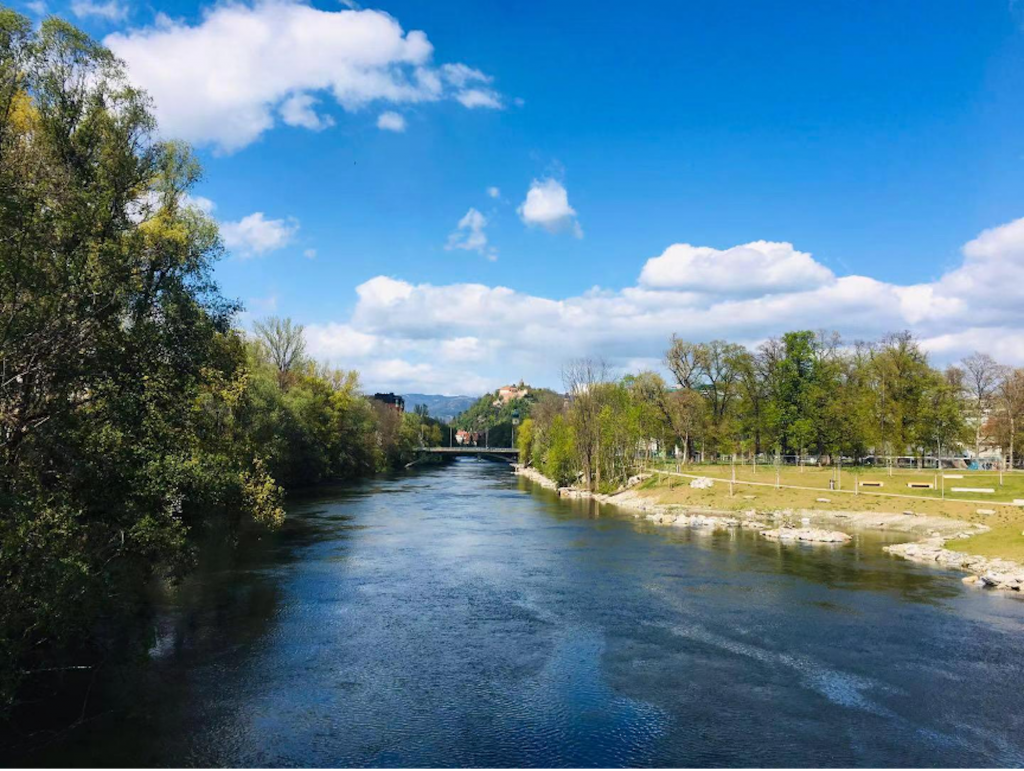How I started my PhD life
My name is Yi Pan. I was born in Chongqing, China. I studied medicine and trained as a dermatologist in Beijing. Three years ago, I was fascinated and impressed by a German professor’s (Thomas Bieber) seminar on Atopic Dermatitis (AD) held in Beijing. The research field seemed quite different and interesting from my daily clinical practice. Thinking over and over, I finally made my courage to apply for a PhD position in Prof. Bieber´s lab. With good preparation and support from the China Scholarship Council, I finally got the position. This also meant that I turned my career from bedside to bench. Besides that, it was so exciting and cool to travel half the world to experience something new, something unknown.

Research experience in Prof Bieber´s Lab in Bonn
Being trained as a medical doctor, I was lacking a lot of lab experience and was quite confused at the beginning. I still remember spending half a year isolating CD34+ stem cells from human cord blood, meanwhile studying all the techniques in the lab. As the old joke goes: PhD, = Protein has Degraded, = Pipetting hand Disease, = Parents have Doubts… Whenever I felt depressed, I just went to the Rhein river, had a long-distance walk or bike alone or with some friends. I have to say, the big rivers have somehow connected and have had an important role throughout my whole life. I was born near the Yangtze River, the biggest river in China. I always think that a city with a river has an aura and inspires you. Being 8000 km away from home, Rhine River entrusts my thoughts of my home town. It is the source of my inspiration and the motivation for my persistence. Slowly I got used to this small and quiet town with a better understanding of the local culture and people. Of course, this compared to my home town with a population of 30 million.

After staying in science for three years and actively attending different academic meetings, my enthusiasm for disease-driven science research became stronger and stronger. My favorite research baby is the Langerhans cell. Paul Langerhans discovered these cells during his studies for his doctorate at the Berlin Pathological Institute in 1869. That was 151 years ago. Over the years, Langerhans cells are recognized as the key professional antigen presenting cells in the skin. The role of these cells, armed by a specific receptor for IgE (FcERI), has been discovered in atopic dermatitis nearly 30 years ago. It is assumed that microbiome-derived components from commensal and pathogenic agents have a deep impact on the biology of Langerhans cells and that this is of crucial importance for the sensitization process occurring in the skin during atopic dermatitis. The lessons learned from this project may have significant translational consequences for the management of AD. The use of topical therapies containing microbiome-derived components may be able to redirect the cutaneous immune response in a way that more tolerance could be achieved towards environmental allergens known to be provocation factors for this disease. Under the supervision of Prof. Bieber, I established the in-vitro Langerhans cell model and ex-vivo freshly isolated LC from the skin of healthy donors. The results were exciting.
Research experience in Prof Wolf´s Lab in Graz
This pandemic year is not easy for everyone. Meetings and seminars were mostly online. Some labs had to shut down due to the lockdown policy. But still, thanks to the ImmunoSensation Cluster of Excellence, I could get a chance of a one-year technique exchange in Prof. Wolf´s lab in Graz, Austria to begin my in-vivo mouse experiments. Although people keep telling me the differences between these two countries, I have to admit from my personal perspective, there is not a big difference. People here are quite nice and kind, they also speak German, even though sometimes the dialects are a little bit difficult to understand. All the road signs and architectures are in the same style. Bonn has my favorite Rhine River, while Graz has the Mur River. The main difference is the lab environment. Back in Bonn, everything was established, I did not have to bother ordering reagents. Here in Graz, in our Dermatology department, no one has ever worked with human cord blood-derived Langerhans cell before. Things I learned back in Bonn as my basic techniques are not used here, so I had to establish the whole system by myself and in return, I learned how to handle the mouse model. It is really nice to emerge in this research group. Group members have totally different research backgrounds and interests, thus we can learn from each other to broaden our research horizons. As usual, walking along the Mur River is like my daily routine to keep me calm and clear my head. Unlike the calming and soothing Rhine River, Mur is swirling cheerfully between the lush riverbank, which makes me happier, healthier, more relaxed and refreshed.

Outlook for the future
Looking back on what I have experienced, I notice that it takes a long time to become a physician-scientist, but I absolutely love what I do. It is a luxury and pleasure to have the intellectual freedom to pursue my scientific ideas, interact with talented and thoughtful physicians and scientists across the world. If Langerhans cells are bridging innate and adaptive immunity in Atopic Dermatitis, I have to say, a robust physician-scientist is key to bridging the gap between scientific knowledge and medical practice. After my lab work is done, I am going to move from bench to bedside again, where we make discoveries in a lab that we apply to patient care. If you have an interest in scientific exploration and a desire to break new ground in medical knowledge, a career in medical research might be right for you. Last but not least, I would like to end my blog with Rumi´s saying: When you do things from your soul, you feel a river moving in you, a joy.
Author: Yi Pan
Acknowledgments:
I thank the ImmunoSensation2 Cluster of Excellence for the grant that allowed me to take the technical exchange year in Graz, Austria. I thank my PhD supervisor Prof. Thomas Bieber and my PhD co-supervisor Prof. Peter Wolf for their support on my project.
